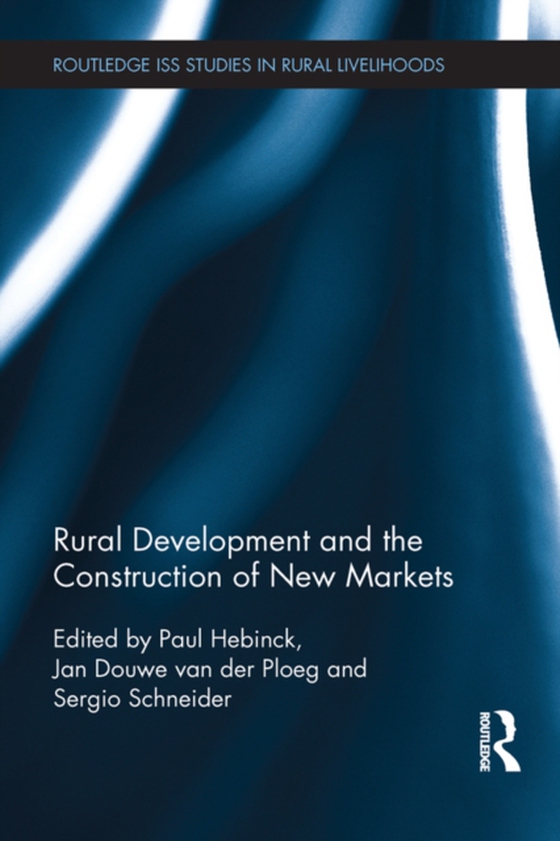
Rural Development and the Construction of New Markets e-bog
348,37 DKK
(inkl. moms 435,46 DKK)
This book focuses on empirical experiences related to market development, and specifically new markets with structurally different characteristics than mainstream markets. Europe, Brazil, China and the rather robust and complex African experiences are covered to provide a rich multidisciplinary and multi-level analysis of the dynamics of newly emerging markets. Rural Development and the Constru...
E-bog
348,37 DKK
Forlag
Routledge
Udgivet
15 september 2014
Længde
212 sider
Genrer
1D
Sprog
English
Format
epub
Beskyttelse
LCP
ISBN
9781317753766
This book focuses on empirical experiences related to market development, and specifically new markets with structurally different characteristics than mainstream markets. Europe, Brazil, China and the rather robust and complex African experiences are covered to provide a rich multidisciplinary and multi-level analysis of the dynamics of newly emerging markets. Rural Development and the Construction of New Markets analyses newly constructed markets as nested markets. Although they are specific market segments that are nested in the wider commodity markets for food, they have a different nature, different dynamics, a different redistribution of value added, different prices and different relations between producers and consumers. Nested markets embody distinction viz-a-viz the general markets in which they are embedded. A key aspect of nested markets is that these are constructed in and through social struggles, which in turn positions this book in relation to classic and new institutional economic analyses of markets. These markets emerge as steadily growing parts of the farmer populations are dedicating their time, energy and resources to the design and production of new goods and services that differ from conventional agricultural outputs. The speed and intensity with which this is taking place, and the products and services involved, vary considerably across the world. In large parts of the South, notably Africa, farmers are 'structurally' combining farming with other activities. By contrast, in Europe and large parts of Latin America farmers have taken steps to generate new products and services which exist alongside ongoing agricultural production.This book not only discusses the economic rationales and dynamics for these markets, but also their likely futures and the threats and opportunities they face.
 Dansk
Dansk

